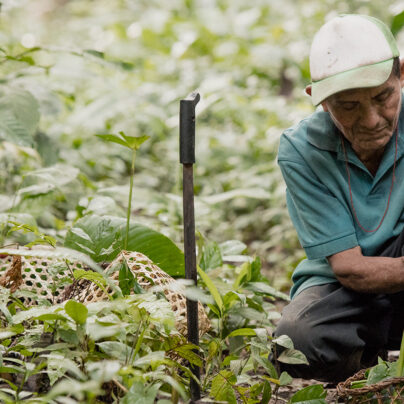The Nomadic Souls Project
Photography by Cat Vinton
Written by Laura Hampton
‘The boat rocked gently in the dark as we lay all in a row, trying desperately to share each others’ body heat. I slept as they did on the bare wooden planks without a pillow or blanket, wrapped only in a sarong. It was my first night with the Moken, the last of the sea nomads, on the Surin Islands, south of the Mergui Archipelago in the Andaman Sea.’
Cat Vinton went on to spend three months living with Sabai, her husband Tat and their three young sons. Home was a small hand-crafted wooden boat called a kabang that served as a kitchen, bedroom and communal living area. Open to the elements at either end, a cold wind would howl through the boat sapping warmth from its barely covered inhabitants:
‘Diam, meaning cold, was the first Moken word I learned. Seeing me shiver, the mum gathered up her youngest son and placed him on top of me like a human hot water bottle. It was for me the ultimate form of trust and the first indication that I had been accepted.’
A celebrated and internationally acclaimed ethnographic and adventure photographer, Cat has dedicated much of her career to capturing the ancient customs of nomadic tribes around the world. A way of life she describes as being deeply rhythmic and defined by both myth and belief.
Through her Nomadic Souls Project, Cat’s aim is ‘to remind us that there are other ways of living and that we have a duty to protect our fragile planet. I also want my work to serve as a memory for the next generation who may never witness first hand their family’s nomadic existence.’
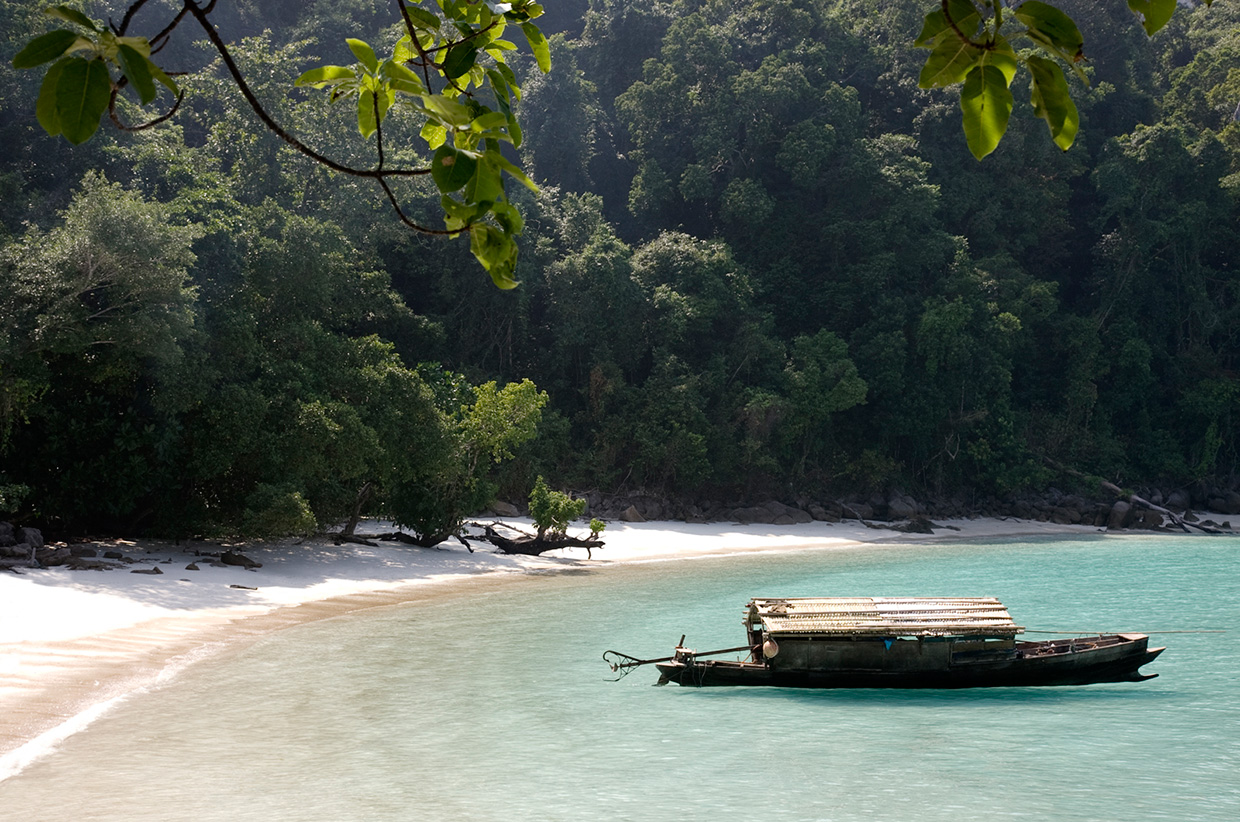
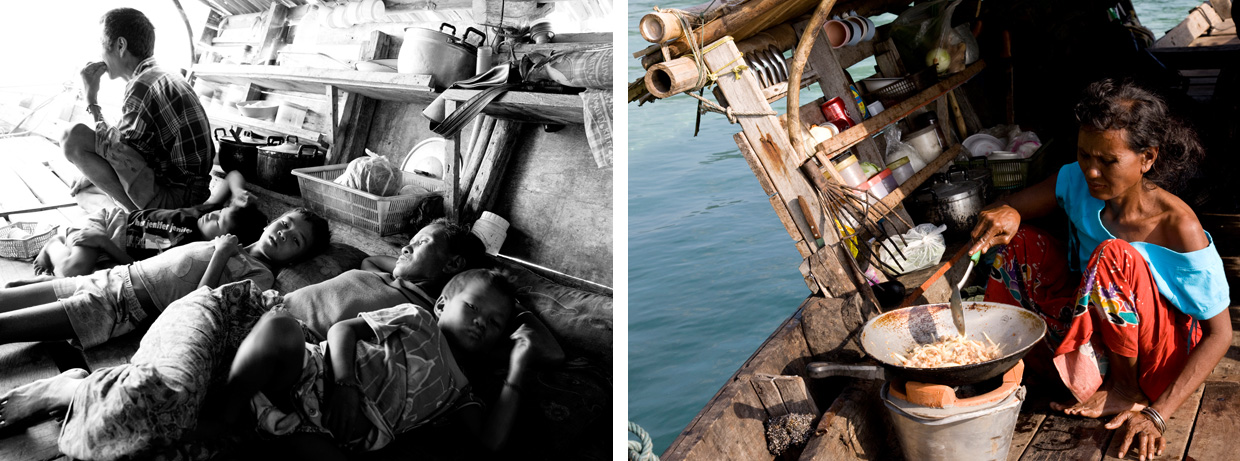
In October 2014 Cat returned to find Sabai blind and living in Au Bon Yai, a stilted village perched on the edge of the rainforest. The sounds of a once-bustling flotilla lost forever to the sea: ‘The Moken have traditionally built their kabang boats from a single tree that grows on islands now designated as a National Park. These people are being denied the opportunity to continue a unique way of life that has existed for centuries. One tree a year is all they’re asking for.’
Many of today’s nomads face increasing societal and environmental pressures to stop and settle. A vicious circle, Cat says, that’s hard to break: ‘We are seeing a global reduction in the number of people still living a truly nomadic existence. They face aggressive assimilation policies and have to deal with authorities that constantly compromise their freedom, culture and natural disposition. All they get in return is dependency and isolation.’
Travelling alone often for months on end, Cat completely immerses herself in the nomadic way of life: ‘I dress more like they do, live, sleep, eat and work as they do. It’s all about fitting into the family, being accepted as an artist, not as a tourist. If you’re careful with people and you respect them, they will offer a part of themselves that they don’t often share.’ She takes no fancy top-of-the-range outdoor gear, fixer or assistant. A decision she believes plays a huge part in her acceptance by the people she is able to travel and live with.
This modern-day nomad has dedicated over a decade to photographing what she believes to be a deeply spiritual way of life. An existence as fragile as the landscapes which her subjects traverse. Her approach is arguably as unique as the images that she creates: ‘These people roam the very farthest corners of the earth and for thousands of years they have co-existed in harmony with nature. They travel lightly on the land and leave no mark. I am fascinated by this fragile connection between people and land, something I feel we have lost in today’s modern world.’
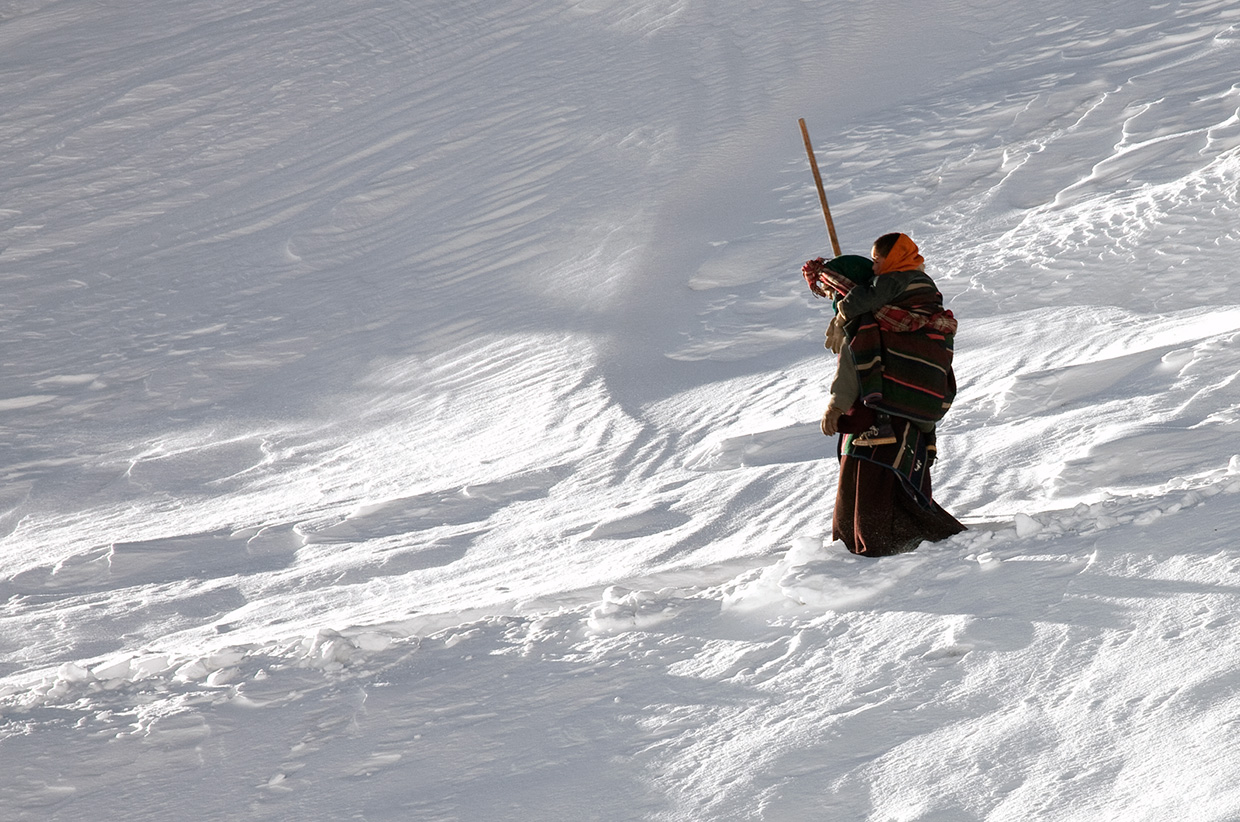


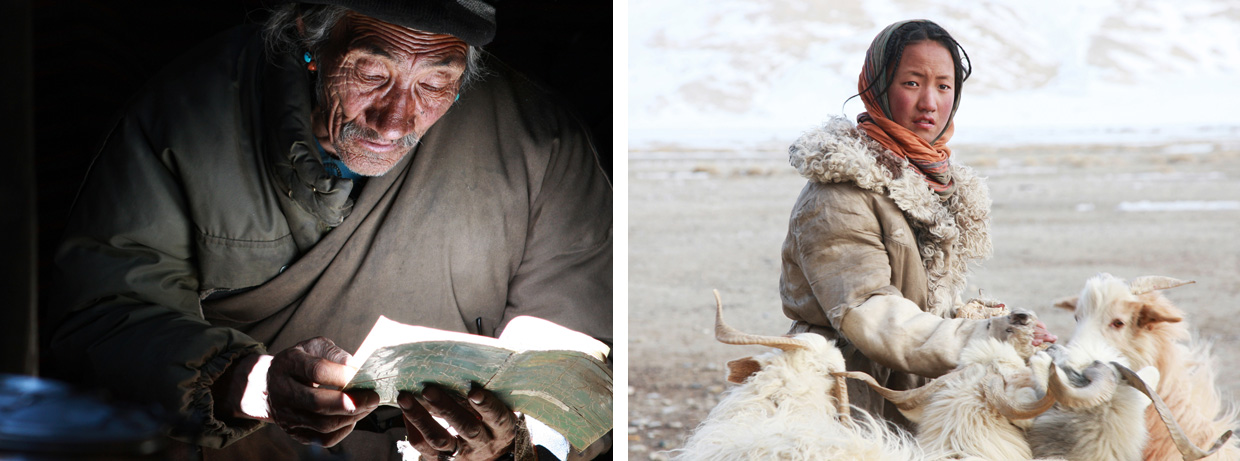
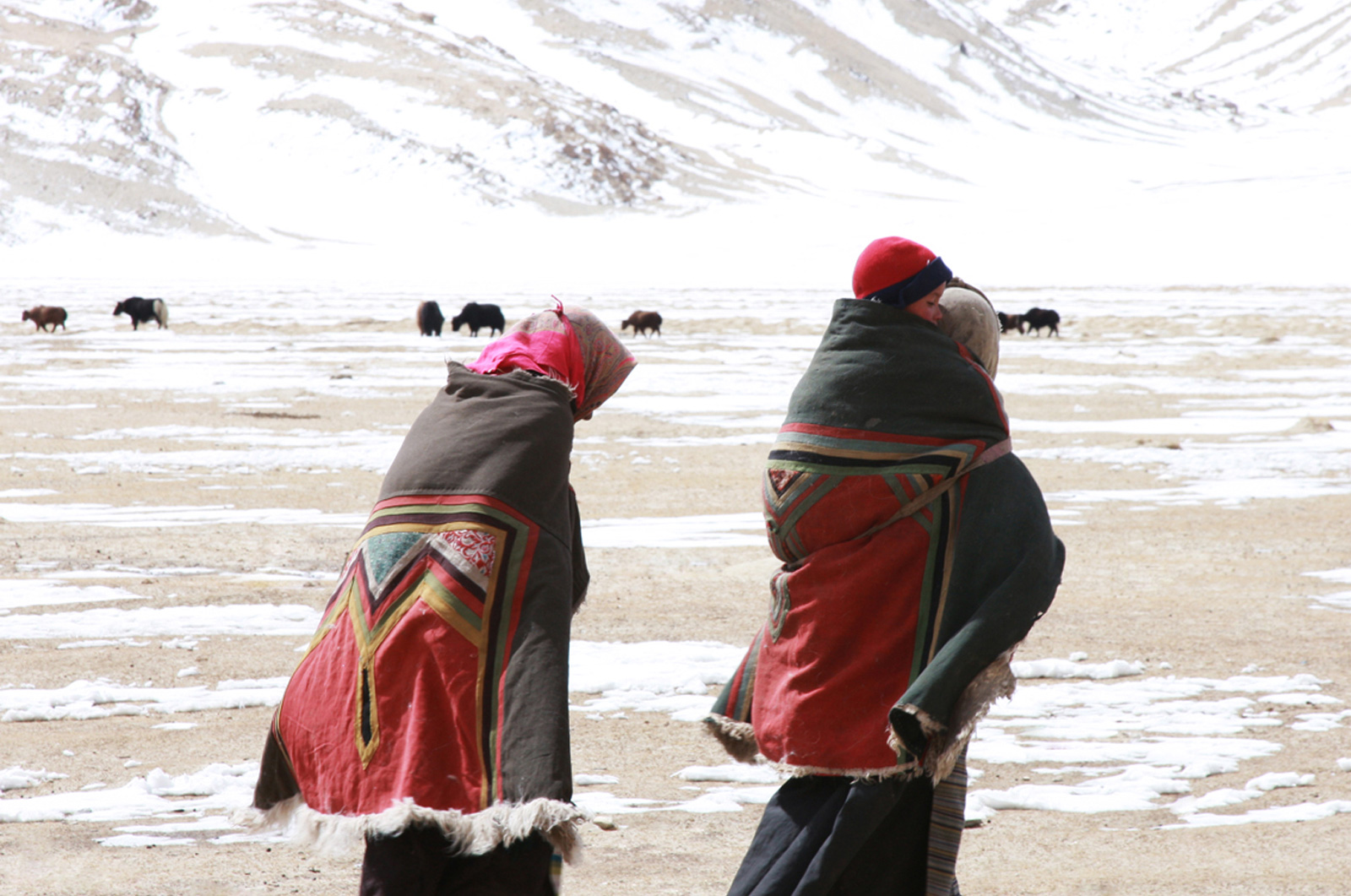
Travelling alone as a single woman Cat says her gender helps rather than hinders: ‘I’m never really seen as a threat, instead I’m looked at as being potentially vulnerable. Where is my husband? Why do I have no children? I mean, to them I’m pretty old to be out there on my own.’ This is the refreshing thing about Cat, there is absolutely no bravado. She’s just a girl with a camera, doing what she loves.
It doesn’t just come down to being a woman though, she says: ‘Not at all, but it is ‘my gold’. When I arrive somewhere new the first thing I do is make a friend with a girl I’m drawn to, rather than finding a guide or translator. My entire nomad project has evolved through empathy, the connections and friendships I make, and whether or not it ‘feels’ right. I am let into a family on a level I don’t think a single guy would.’
An adventurer in the truest sense, Cat’s raven-haired beauty and welcoming smile disarm you immediately. She seems very at home in her own skin and perfectly used to meeting and befriending new people. We share eye contact without it being uncomfortable, laugh at ourselves without being cynical and inspire each other with tales of travel.
Chatting over tea and cake from the warmth of her borrowed canal boat, it quickly becomes clear that this particular young lady feels most at home on the road. Her small collection of belongings inhabit a tiny corner of a space dominated by the tokens and memories of somebody else’s life.
In fact the only thing she has done to stamp her mark on the place is to hang, with blu-tack, her favourite photographs of icy and far-away lands, taken by her friend the adventure photographer Martin Hartley. Nor could anyone forget her beautiful reindeer skin from Norway draped over one of the chairs.
Awarded International Travel Photographer of the Year back in 2007 her travels have taken her to what seem like the very ends of the earth. She’s journeyed to and shot in the Himalayan mountains, Mongolian deserts, Andaman Sea and Norwegian plateau. Far-away lands united by their nomadic peoples and their isolation. An odd choice perhaps for a girl who grew up in a landlocked village in the English countryside far from mountains, deserts and oceans.
But what is it that makes someone want to travel the world’s tundras and plains in search of a group of people who so rarely stay still? Perhaps like many of us reading this magazine she was born with what’s been dubbed the ‘wanderlust gene’ that’s thought to foster increased levels of curiosity and restlessness. What is for certain is that her love for travel has been, and will always be, there.
‘According to Mum I first left home at the age of three. I put all of my favourite things into a huge bag and dragged it out of the garden gate. Yep, I think that’s where it all began.’
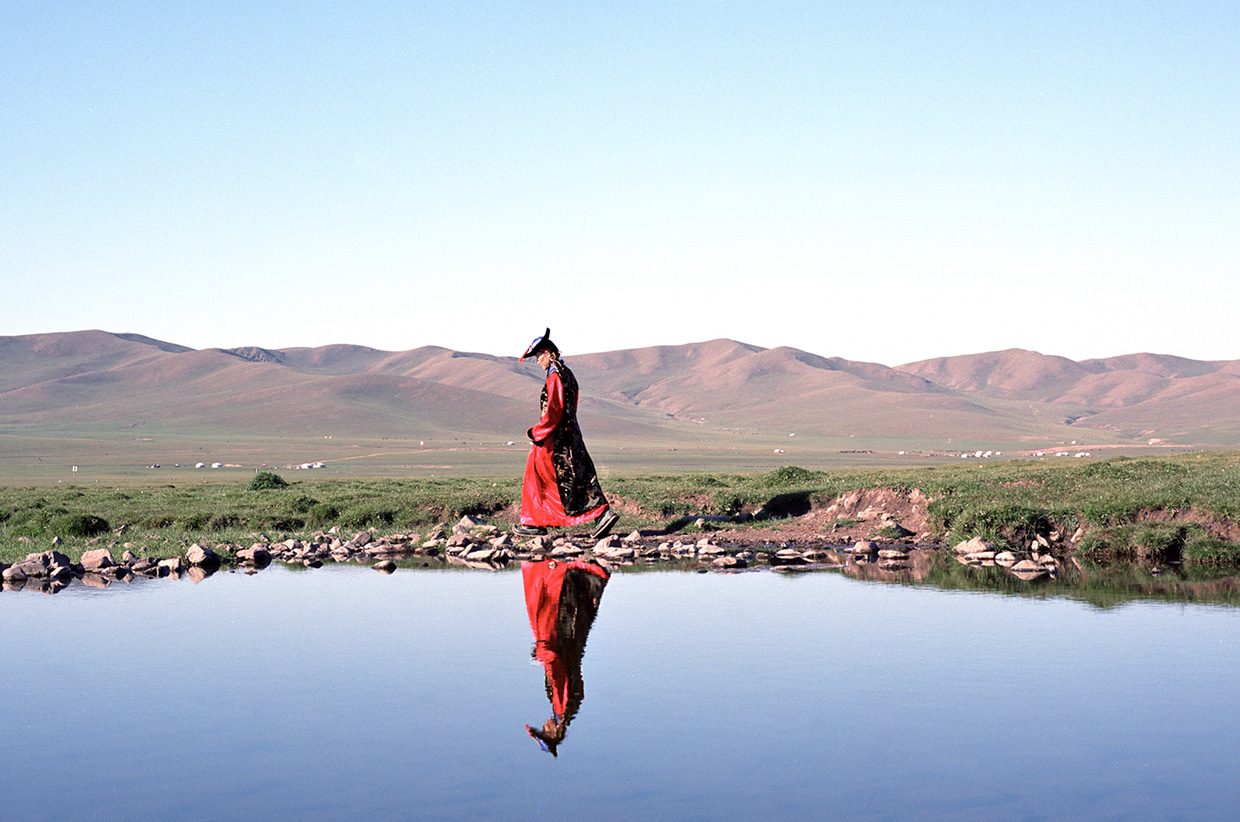
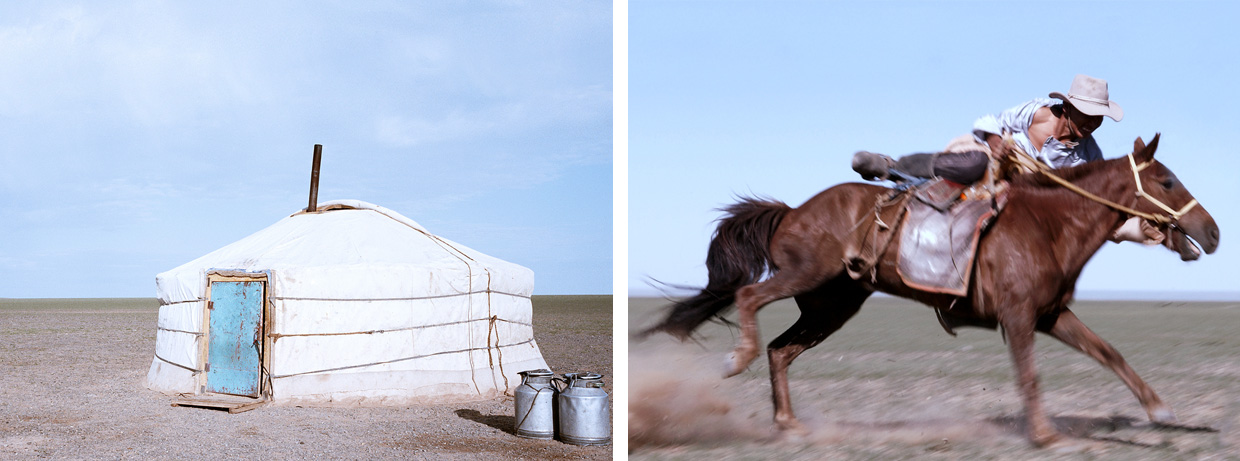
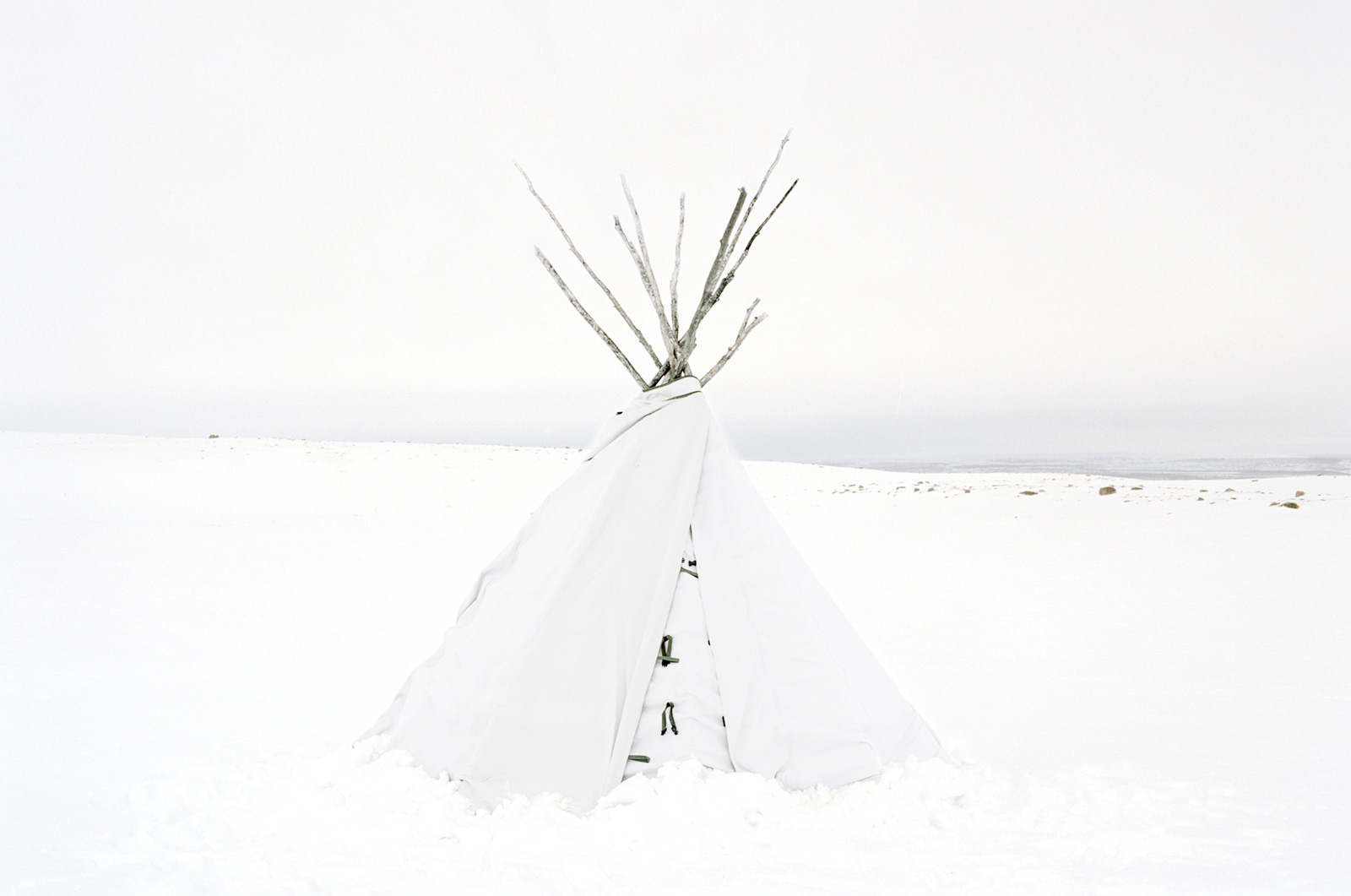
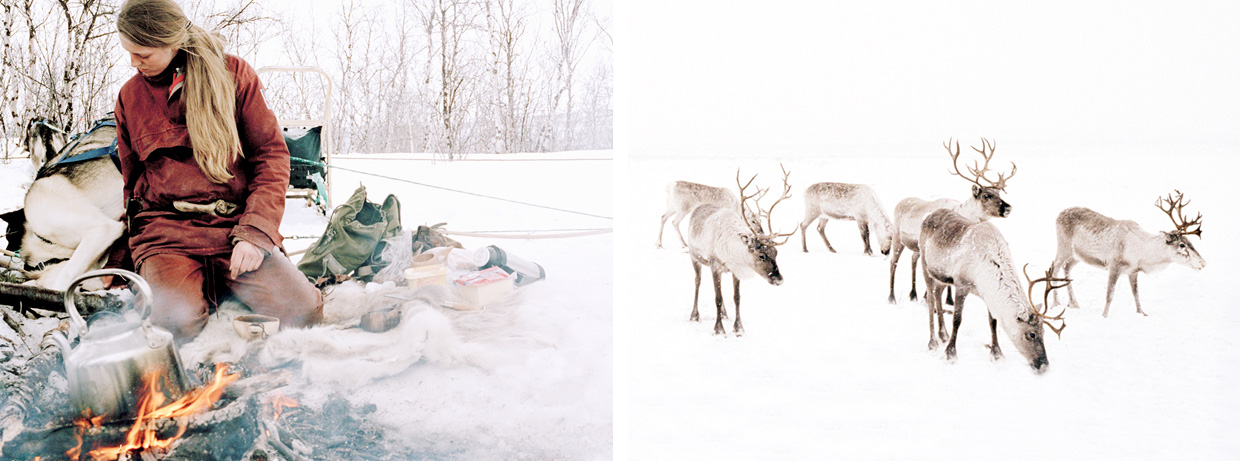
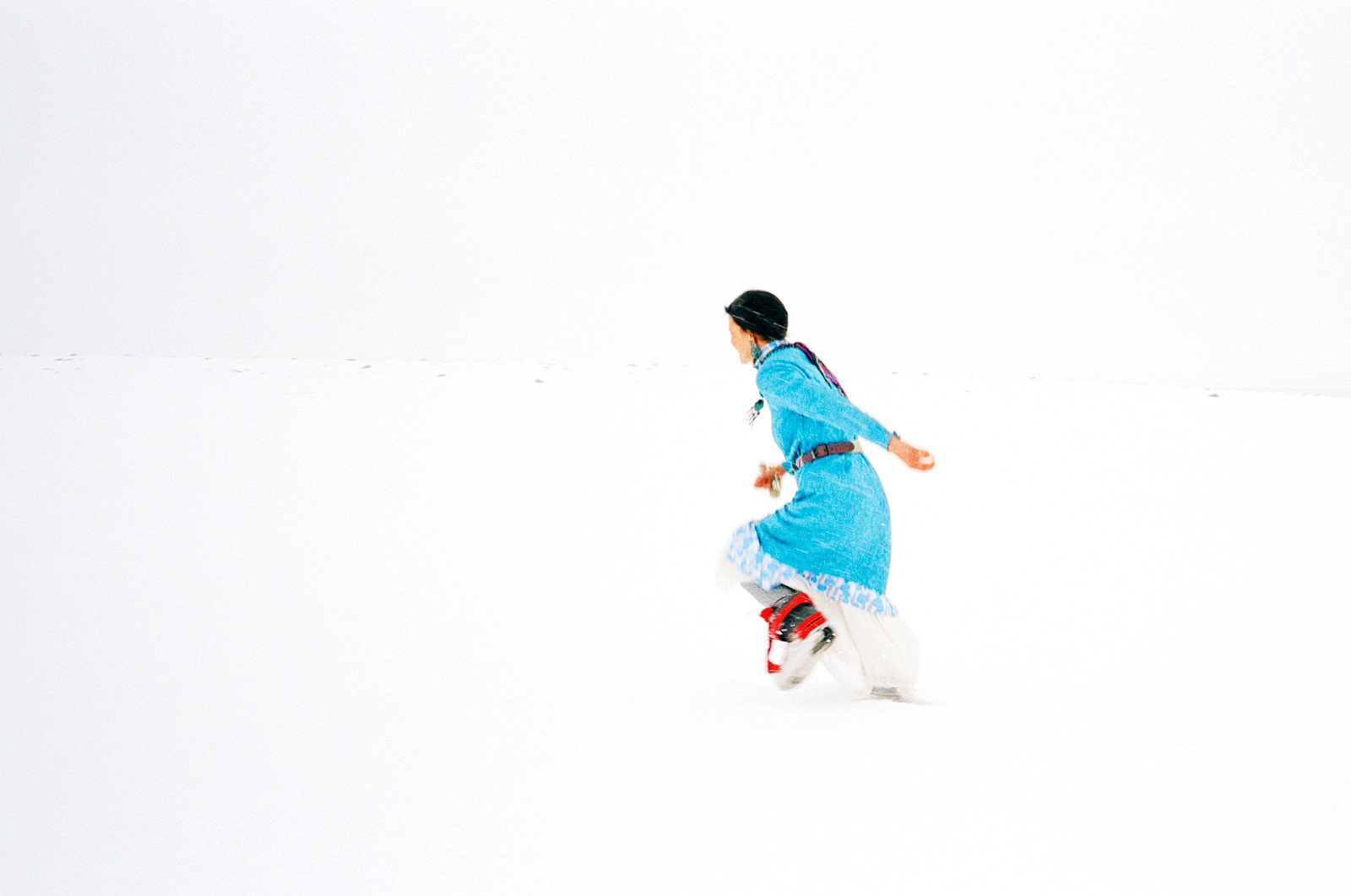
Cat Vinton
Website: www.catvphotography.co.uk
Twitter: @catvphotography
Instagram: @catvinton
Facebook: /cat.vinton.9
Laura Hampton
Twitter: @WorldExpLaura
Instagram: @WorldExpLaura
Facebook: /worldexplaura




